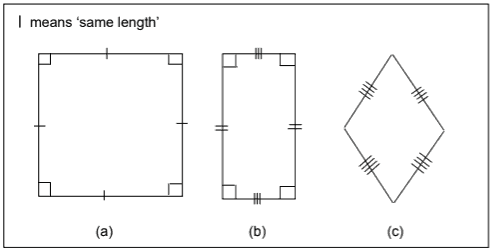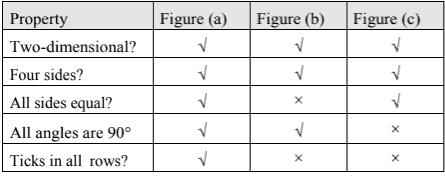What is Maths?
People often talk about maths as if it were a great mystery.
‘I can never understand maths.’
‘You can do maths! You must be brainy.’
‘My mind goes blank when I see some maths.’
Do you remember the last time anyone gave you some help with the process of learning maths? Not just help with one particular piece of maths, but some ideas about learning maths in general? If you can remember such advice, you are lucky. Most of us are taught maths (either well, badly, or indifferently) but not taught how to learn maths.
Many maths problems appear impossible when we just look at the words and numbers on the page. But what if we look at them from a different perspective? Take the following approach to a simple maths problem:
Maths is logic
Everything that you do in maths is based on the use of logical argument. What we do is to carry out a calculation or arrive at a conclusion by breaking the argument down into small steps. Each step is either a statement of known fact or is known to follow from the previous statement.
We say that an argument is logical if each statement follows without dispute from the previous one.
‘My seeds haven’t germinated.’
‘They haven’t germinated because you never watered them.’
This conversation is on the proposition that if you do not water seeds, then they will not germinate. We can write this in a more mathematical form as:
No water ⇒ no germination.
Method in maths
Suppose that we wish to decide whether each of the three quadrilaterals in the diagram below is a square. How do we do it? First, we need to know what a square is:
A square is a two-dimensional four-sided figure with all sides the same length and each internal angle equal to 90°.
We then need to reword this slightly to see how it is used within a logical argument:
If a figure is two-dimensional and four-sided with all sides the same length and each internal angle equal to 90° ⇒ a square.

The rule for a square requires a figure to have four properties. Using the table below, we can test each example. If a figure has the property we mark with a ✓ if it does not, we mark with an ✗.

We can see from this that only figure (a) possesses all the properties of a square, so only figure (a) is a square.
Almost certainly everyone reading this will agree that (a) is a square and that (b) and (c) are not. This is because:
- the rule is one which most people can understand
- the steps in the argument (i.e. the table) are small enough for everyone to spot any omissions or mistakes.
The main point being…
Keep your arguments logical using small steps and formulae you understand.
How do you learn maths?
From adults who feel out of practice at learning because they’ve not studied for a while to learners who think they are not very good at learning and need support with their study, it’s important for us to get to know ourselves as a learner if we are to study effectively.
If you already have a tried and tested way of learning that you know works for you, you can work to develop this. Or maybe you want to try out a new or different approach to see how that works. Research with learners has shown that you are more likely to succeed if you take an active approach to learning.
Whichever study style you use you should try to:
- build on the things you enjoy and do well
- make sure you have your own reasons for studying, this will help you keep motivated
- have a clear overview of your course and set yourself goals and targets
- make the most of your study sessions by studying at the time of day when you work best.
Our How to learn Maths workbook, available from our resources webstore, was written specifically for people who are learning independently and provides insight into the process of learning maths. It contains a series of diagnostic activities to help learners at all levels acquire a coherent range of skills to study maths successfully, and also includes a ‘check your maths’ quiz. Topics covered include problem-solving techniques, helpful methods, and building and learning.
The methods and examples in this blog are from NEC’s learning resource How to learn Maths by Richard Freeman, available from our resources webstore.
Have you tried our online maths quiz? Test your knowledge here.


Add a new comment
Current comments: 0